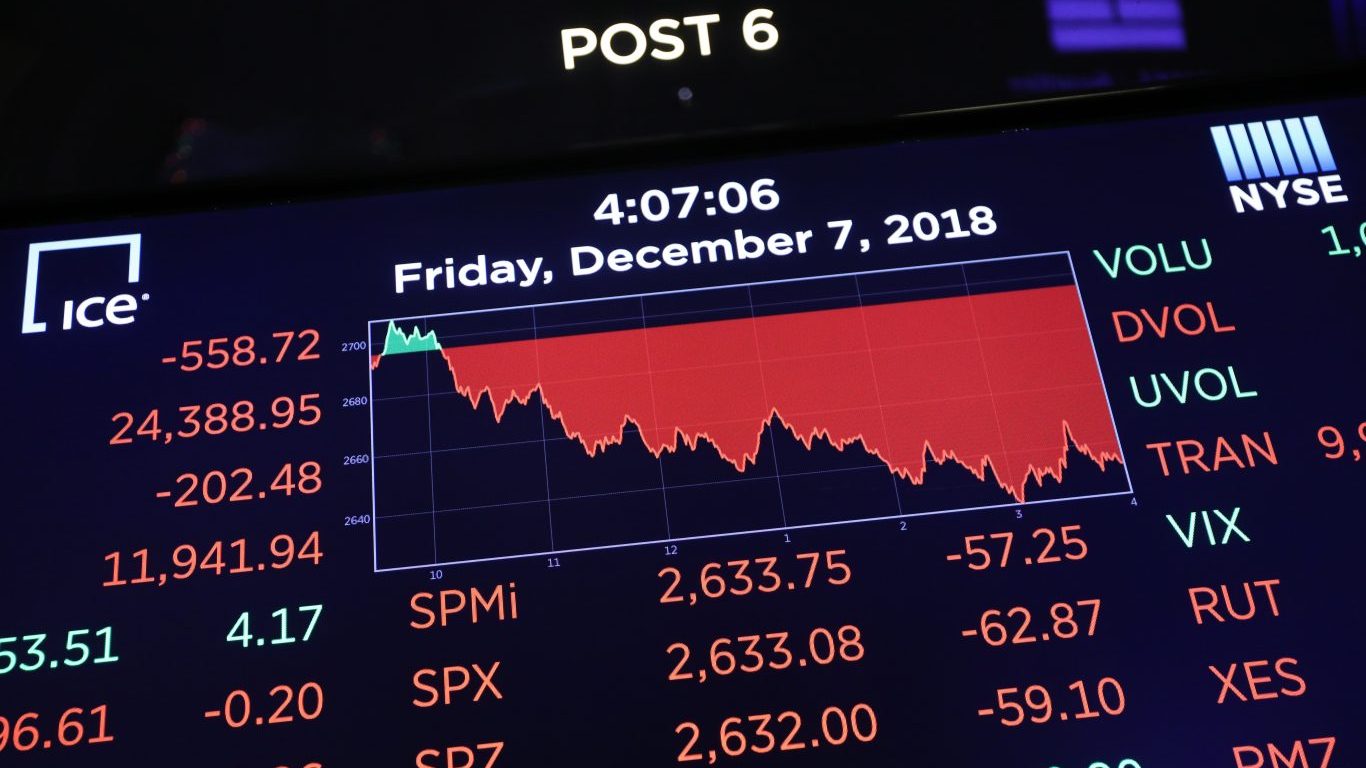Banking, finance, and taxes
Meet the BlackRock Multifactor Rotation ETF: Actively Managed Hedge Fund(esque)

Published:
Last Updated:

The king of the exchange-traded fund (ETF) world is BlackRock Inc. (NYSE: BLK) with its ownership of the $1.5 trillion or so iShares ETF family. BlackRock has been issuing more and more ETFs under the iShares brand, but it is now issuing a new equity ETF under the BlackRock name called the BlackRock U.S. Equity Factor Rotation ETF. This ETF carries the “DYNF” on NYSE Arca and has 0.30% expense ratio.
It has many of the hallmarks of actively managed hedge fund strategies, but some will say it has more machine trading characteristics based on sets of rules (factors). How investors will treat and evaluate the ETF remains to be seen. Vanguard launched a similar ETF about a year earlier called the U.S. Multifactor ETF (VFMF) and it had $84.1 million in net assets as of February 28, 2019.
The multifactor ETF model seeks to outperform the investment results of the large-cap and mid-cap U.S. equity markets by providing diversified and tactical exposure to style factors with a factor rotation model.
Within the scope of large-cap and mid-cap stocks, the ETF will invest at least 80% of its net assets, plus the amount of any borrowings, based on a proprietary Factor Rotation model which was developed by its own BFA and its affiliates. Its proprietary model uses five commonly-used equity style factors: momentum, quality, value, size and minimum volatility.
The model then dynamically allocates the factors and emphasizing those factors with the strongest near-term return prospects. This ETF could have a serious overweighting or underweighting of one sector over another sector due to its model. The SEC filing noted that a significant portion of the model was represented by the information technology sector as of October 31, 2018.
ALSO READ: 12 Things Not To Do If You Win The Lottery
BlackRock also warns that higher transaction costs and commissions may hurt its results. A higher portfolio turnover rate may indicate higher transaction costs and may result in higher taxes when Fund shares are held in a taxable account.
The ETF may also lend out securities it holds representing up to one-third of the value of its total assets. This comes with a rare but additional risk factor in the description: Securities lending involves the risk that the Fund may lose money because the borrower of the loaned securities fails to return the securities in a timely manner or at all.
Choosing the right (or wrong) time to claim Social Security can dramatically change your retirement. So, before making one of the biggest decisions of your financial life, it’s a smart idea to get an extra set of eyes on your complete financial situation.
A financial advisor can help you decide the right Social Security option for you and your family. Finding a qualified financial advisor doesn’t have to be hard. SmartAsset’s free tool matches you with up to three financial advisors who serve your area, and you can interview your advisor matches at no cost to decide which one is right for you.
Click here to match with up to 3 financial pros who would be excited to help you optimize your Social Security outcomes.
Have questions about retirement or personal finance? Email us at [email protected]!
By emailing your questions to 24/7 Wall St., you agree to have them published anonymously on a673b.bigscoots-temp.com.
By submitting your story, you understand and agree that we may use your story, or versions of it, in all media and platforms, including via third parties.
Thank you for reading! Have some feedback for us?
Contact the 24/7 Wall St. editorial team.